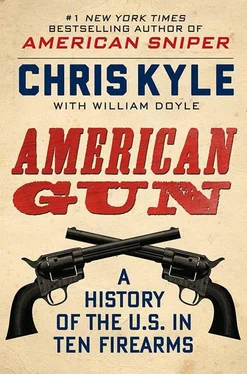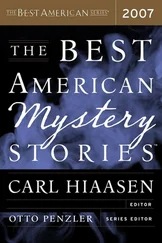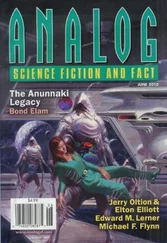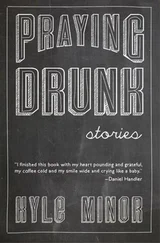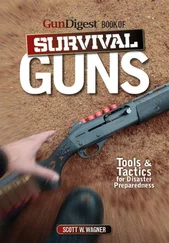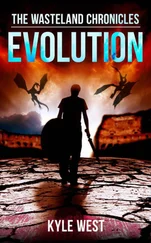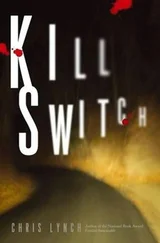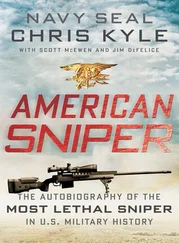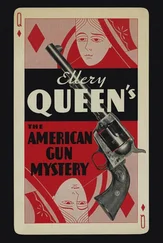Oliver Winchester had made his money manufacturing shirts. It’s said that he didn’t know all that much about guns, but he certainly understood a lot about manufacturing, which in mid-eighteenth-century America was more important. And he also must have been a good judge of talent, because he quickly entrusted a man named Benjamin Tyler Henry with improving the factory’s most promising but tempermental product, the Volcanic repeating rifle.
Henry made a host of improvements to the design, but the most important was arguably in the type of ammo it packed. The Volcanic repeater fired a Rocket ball. The bullet was similar to a Minié-ball, except that the hollow base was filled with powder, then sealed with a primer cap. The closed metallic cartridge gave the gun a complete piece of ammunition. Unfortunately, the small size of the bullet limited the size of the charge; the bullet didn’t have quite enough pop for the bloody but necessary business of killing an enemy on the battlefield.
Henry changed that by providing his repeater with a hefty rim-fire cartridge. His copper cartridge fit some twenty-five grains of powder behind a 216 grain, .44-caliber bullet. It had pop to spare.
Back at the target range near the White House, Lincoln was impressed by the Henry. The multi-shot, fast-loading rifle was a potential game-changer for the Union army. It took about half a minute to reload; a soldier could then squeeze off another sixteen shots as fast as he could jerk the lever back and forth. There were downsides—among others, you had to move your hand out of the way of the cartridge follower after a few shots, and the barrel got awful hot if you shot fast and long enough. Still, it was an exciting weapon with a lot of potential.
After firing the Henry, Lincoln gazed at the plank of wood he’d perforated with a contented smile. The repeater concept was sound, the execution good. Lincoln’s aide, William O. Stoddard, handed him a second weapon. This was a modified Springfield smoothbore musket that used a screw-on adapter to feed nine high-powered rounds into a breech, rather than a single round rammed down the muzzle. It was called a Marsh rifle, after its inventor, Samuel Marsh.
As the president was kneeling down to line up a shot, a voice began cursing loudly behind them. “Stop that firing!” bellowed a pissed off man in uniform. Trailed by four enlisted soldiers, the captain marched toward the two amateur civilian marksmen who were not only interrupting the peaceful Washington, D.C., morning, but were violating a presidential order forbidding shooting in the capital city. Swearing up a storm—cussin’ like some Navy SEALs I know—the captain reached his hand out as if to confiscate the guns and arrest the shooters. It looked like the Second Amendment was about to face its very first challenge in Washington, D.C.
Lincoln peered down the barrel and squeezed the trigger. Then, smiling shyly, he rose from the ground.
“Here comes the fun!” thought Stoddard, watching his boss get up. Or as Stoddard put it later, “Lincoln’s tall, gaunt form shoots up, up, up, uncoiling to its full height, and his smiling face looks down upon the explosive volunteers.
“Their faces, especially that of the sergeant… look up at his, and all their jaws seem to drop in unison. No word of command is uttered, but they ‘right about face’ in a second of time. Now it is a double-quick, quicker, quicker, as they race back toward the avenue, leaving behind them only a confused, suppressed breath about having ‘cussed Old Abe himself.’ His own laugh, in his semi-silent, peculiar way, is long and hearty, but his only remark is:
“Well, they might [have] stayed to see the shooting….”
Abe Lincoln was a gun buff and a technology whiz. Other presidents before him—including George Washington, Thomas Jefferson, and Andrew Jackson—were highly gun-savvy, as were most Americans at a time when the nation was primarily rural. But Lincoln took presidential involvement with gun technology to a new level. Fiddling with another experimental repeating gun on his firing range one day, he shot off a few rounds, then announced, “I believe I can make this gun shoot better.” He produced a hand-whittled wooden sight from his vest pocket, clamped it on the rifle, and let loose at a piece of congressional stationery pinned more than eighty yards away. He hit the paper almost a dozen times out of fourteen.
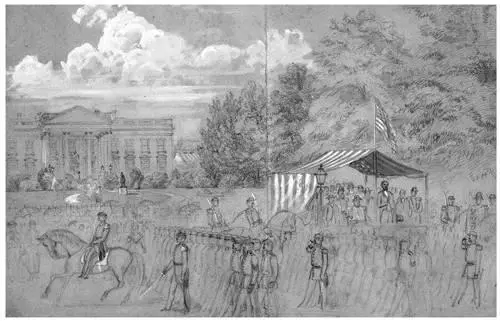
President Abraham Lincoln (directly below flag) observes Union troops in front of the White House.
Library of Congress
Another time, Lincoln showed up at a target practice for the 2nd U.S. Sharpshooters, one of the few specialized Union marksmen units. He borrowed a rifle from one of the surprised soldiers in Company F and scored three good shots as the men whooped and hollered. A witness reported that Lincoln “handled the rifle like a veteran marksman, in a highly successful manner, to the great delight of the many soldiers and civilians surrounding.”
“Boys,” said the President to the cheering troops, “this reminds me of old-time shooting!” Now, that’s a commander in chief any combat vet would be proud to serve.
Lincoln was also a man who loved machines of all kinds. Abe liked to roll up his sleeves, get dirty, and take contraptions apart. He scoured magazines like Scientific American for the latest technology. He was the first chief executive to embrace telegraph communication. He personally heard pitches from gun inventors and entrepreneurs, tested products, reviewed plans and machinery, and battled bureaucrats. Abe pushed his underlings for research and development, threw his weight and opinions around like a seasoned CEO, and managed the equivalent of a multimillion-dollar firearms investment fund through the U.S. military. He was a venture capitalist of weaponry.
Lincoln seems to have admired the Henry Repeater he fired that spring morning, putting him in line with a lot of soldiers. As the war progressed, many would dig into the patched pockets of their woolen pants to purchase a Henry for themselves. Officers would outfit whole units with them, raiding the family treasury in hopes of giving their men an edge in combat. But Lincoln eventually turned his favor to a rival model—the Spencer Repeater. He did this even though his own experiment with the gun was something of a failure: Testing two models supplied by the Navy, he had one misfeed and the other lock up after a double feed. Reports by others who raved about the gun apparently convinced Lincoln that his experiences were just flukes, and so it was the Spencer’s manufacturer, Sharps, that got the prized Union contract to supply 10,000 repeaters later in 1861.
Named after its inventor, Christopher Spencer, the repeater was a marvel of both advanced design and (comparative) simplicity. Handling this weapon or even a replica today, you can sense the careful smithing as soon as you pick it up. It has weight to it, and when you move the trigger guard down, the smooth action of the metal components, all expertly fitted, reminds you of a fine watch.
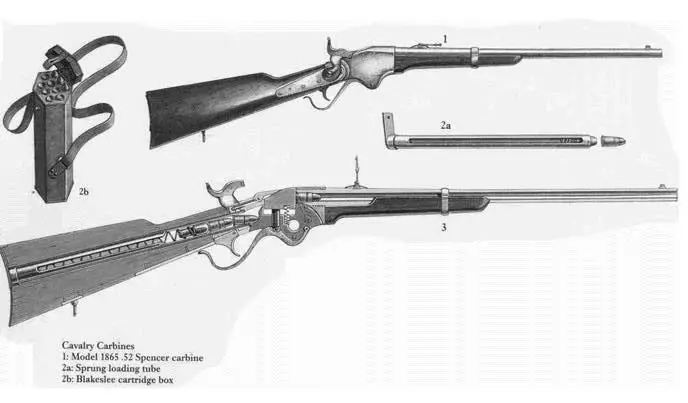
Brimstone Pistoleros
The Spencer fired a .52-caliber metallic rimfire cartridge. Seven cartridges fit into its magazine, which loaded through the back of the weapon’s stock. Using an innovative dropping-block design and lever action, all seven rounds could be quickly and accurately fired. When you pulled down on the trigger guard, the breech opened and the spent cartridge was ejected. Push the guard back on up and the new cartridge slipped into place, ready to fly. Spare magazines could be kept ready for speedy loading in combat. Sharing parts with the single-fire Sharps rifle—another classic American gun—it was easy to manufacture, and proved very reliable in field tests and in combat.
Читать дальше
